Join 600+ companies that use our Solar and
Wind Data and APIs
TRUSTED DATA FROM FEASIBILITY TO FORECASTING
Data built for renewable energy industry
We’re your trusted source of data across the renewables industry. From resource assessment to operational forecasting to grid management - Solcast has bankable, accurate data available via API, direct transfer and web platform.
Bankable resource assessment
Model asset performance using bankable global data sets and DNV best practice to understand and optimise renewable asset development
Real cloud tracking
Use live, high-resolution weather data to model, monitor and track energy for solar, wind and hybrid assets
Forecast asset generation
Forecast asset performance at scale to optimise dispatch, operations and portfolio management
Data and models built on DNV best practice
Irradiance, wind and weather data
The Solcast API delivers high-quality, high-resolution global data, bankable actuals and accurate forecasts
Power forecasting
Operational power forecasting models, for solar and wind assets, portfolios, markets and grids, based on industry best practice and decades of DNV expertise.
DNV models and tools
Bankable analytics tools and power models built by DNV for site-feasibility, resource assessment, yield assessment and transactions.
Discover the best practices and insights for the renewable energy industry

A practical guide to improving utility-scale & rooftop forecasts with site measurements
Discover key insights from Solcast on how site measurements and fine-tuned models can make your PV forecasts more accurate and reliable.

Bankability and accuracy: How TMYs can underestimate production, and the impacts on solar project economics
Discover why moving beyond hourly Typical Meteorological Year (TMY) datasets to sub-hourly, multi-year Time series data is essential for accurate, risk adjusted financial modeling – and how this improves solar project returns.

TMY data and modeling bias: How 60M vs 15M resolution shapes PV yield accuracy
Discover why sub-hourly (15-minute) TMY data provides more accurate, bankable solar resource assessments than traditional 60-minute (8760) datasets. Learn how higher-resolution TMY data improves yield modeling, investment confidence, and risk management for solar projects.

Modelling PV soiling with PM2.5 and PM10: New parameters in the Solcast API
Solcast has introduced new parameters for PM2.5 and PM10 particulate matter concentrations in its API to improve the accuracy of photovoltaic (PV) soiling loss modelling globally. This integration supports data-driven soiling analysis by combining particulate data with irradiance and weather information for better energy yield predictions.

Eyes in the Sky: Meteosat Third Generation is Now Live, Improving Solar Forecasting
Satellite imagery over Europe and Africa is getting an upgrade. Discover how Solcast is using data from the new MTG satellite to enhance real-time and forecast solar irradiance accuracy.

Introducing the Solcast C# SDK: Simplifying Solar-Specific Data Integration for .NET Developers
Supporting seamless integration, the Solcast C# SDK gives .NET and C# developers another tool to quickly access solar API and focus on building solar solutions.

High pressure boosts eastern solar as storms hit North America’s northwest
October solar conditions varied across North America—strong high-pressure systems boosted irradiance in the East, while storms and Hurricane Melissa led to reduced output in the Pacific Northwest and Caribbean.

Storm systems suppress Northern Europe’s October solar output
Solcast data highlights a sharp irradiance divide across Europe in October, with storms dampening northern generation and stable weather boosting solar output in the south.
.png)
East and Southeast Asia’s solar pattern flips as La Niña develops
Following months of above-average irradiance, eastern China and the Yellow Sea basin saw a sharp downturn in September, while other Asian regions stayed sunnier. See what’s driving this solar shift.
.png)
Solcast is one of DNV’s Green Data Products
Solcast is now part of DNV’s Green Data Products, a trusted suite of renewable energy solutions. Together, we deliver bankable data and advanced power models to support financing, forecasting, and operations across the renewable lifecycle.
.png)
How we did it: The story behind Solcast’s big result in major forecast accuracy competition
Take a behind-the-scenes look at how Solcast topped the charts in the forecast accuracy trial, using its Advanced PV Model and years of continuous improvements.

Solcast’s forecast accuracy proven in major competitive trial
Proving its leadership in solar forecasting, Solcast, a DNV Company, achieved the lowest error rate in the EPRI trial spanning 5 solar plants and 12 weeks from hour ahead to day ahead.

Modelling PV soiling with PM2.5 and PM10: New parameters in the Solcast API
Solcast has introduced new parameters for PM2.5 and PM10 particulate matter concentrations in its API to improve the accuracy of photovoltaic (PV) soiling loss modelling globally. This integration supports data-driven soiling analysis by combining particulate data with irradiance and weather information for better energy yield predictions.
.png)
UK and Germany lead March solar surge amid Mediterranean cloud cover
Northern Europe saw unusually dry conditions in March, while the Mediterranean faced cloudier conditions. Learn what drove this weather shift.
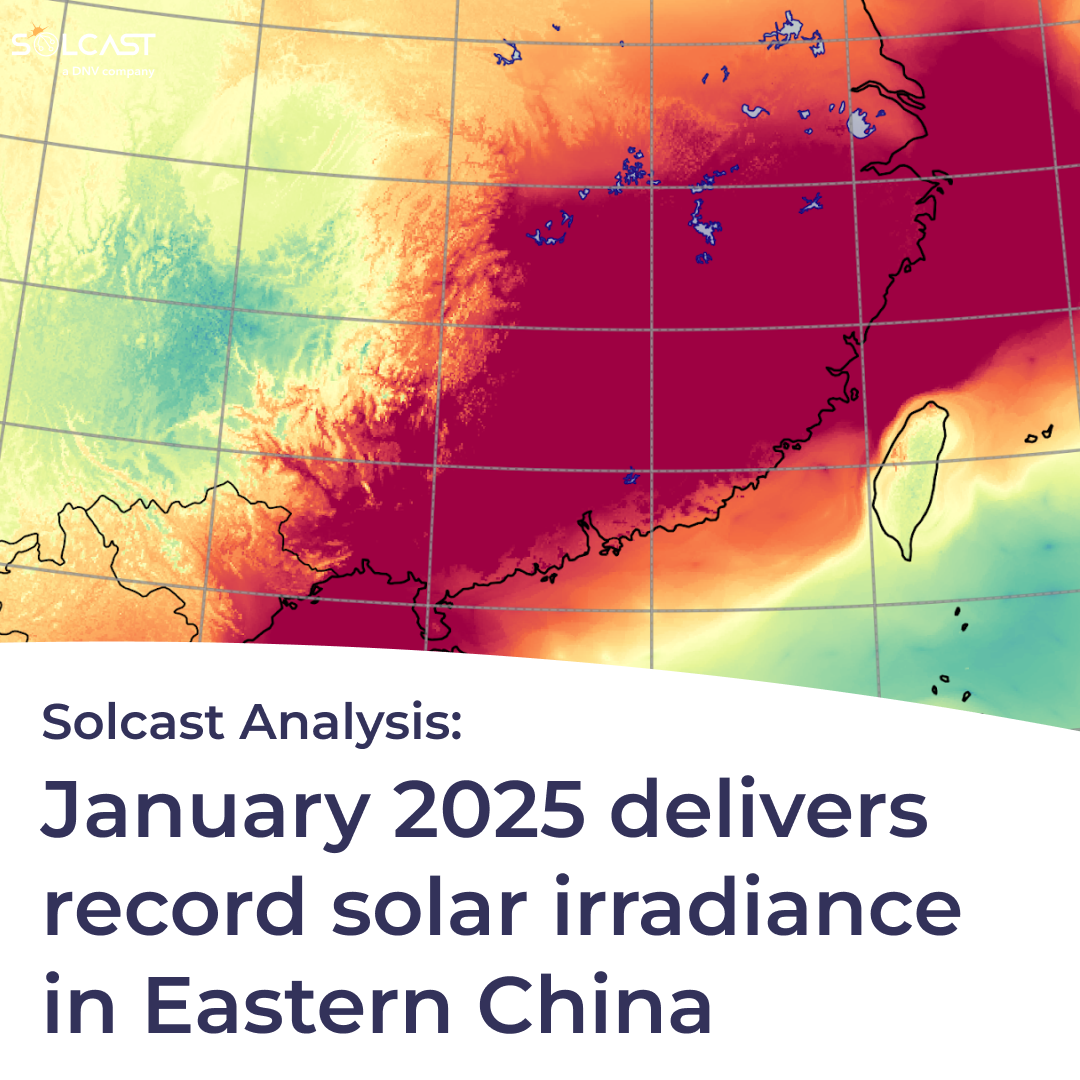
La Niña and low aerosols deliver 60% irradiance surge across Eastern China
Learn how the combination of La Niña conditions and low aerosols created ideal conditions for solar operators in China.
Get the right data, tools, and solutions for your renewable operations.







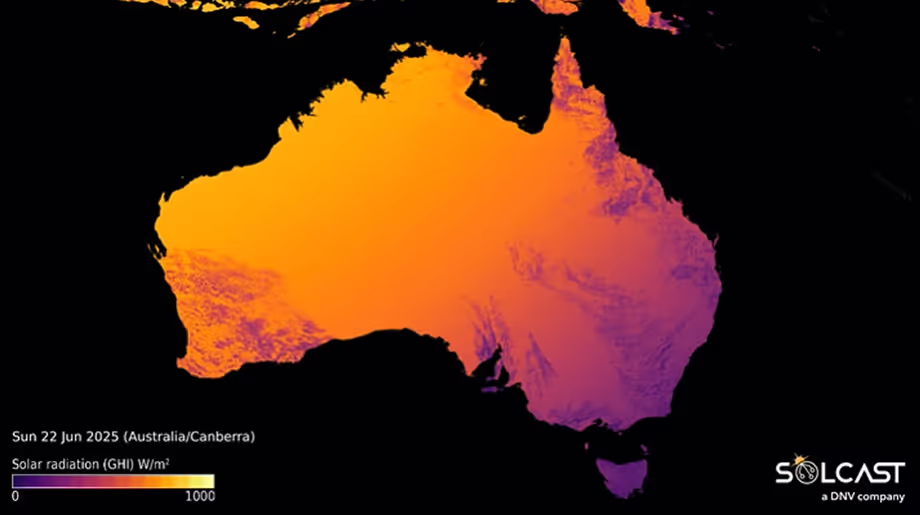
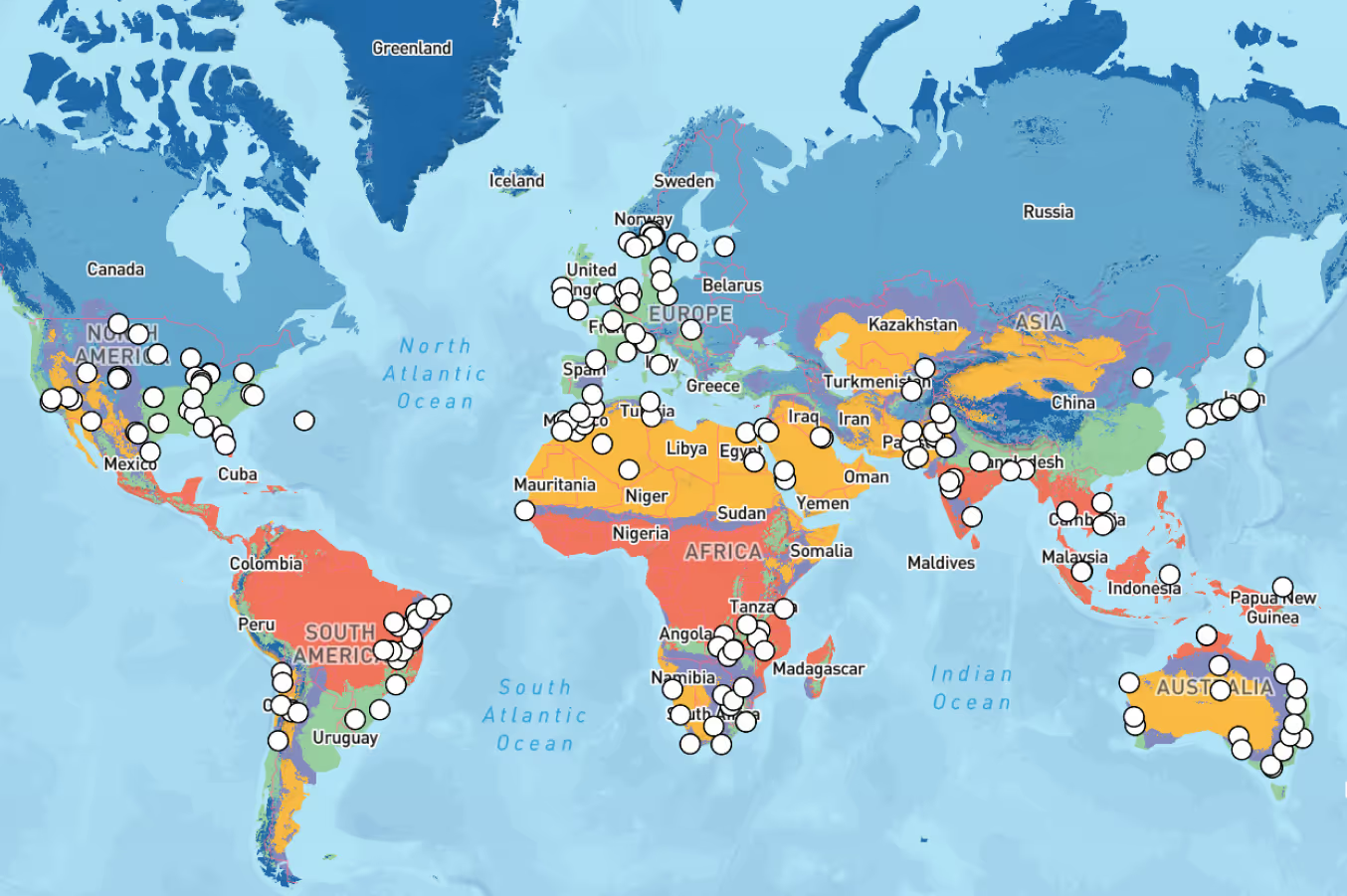
.avif)
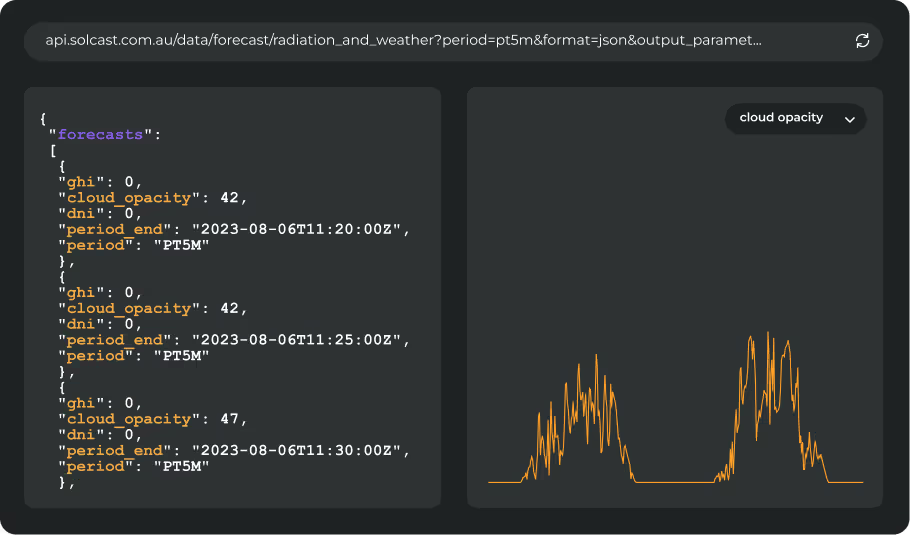

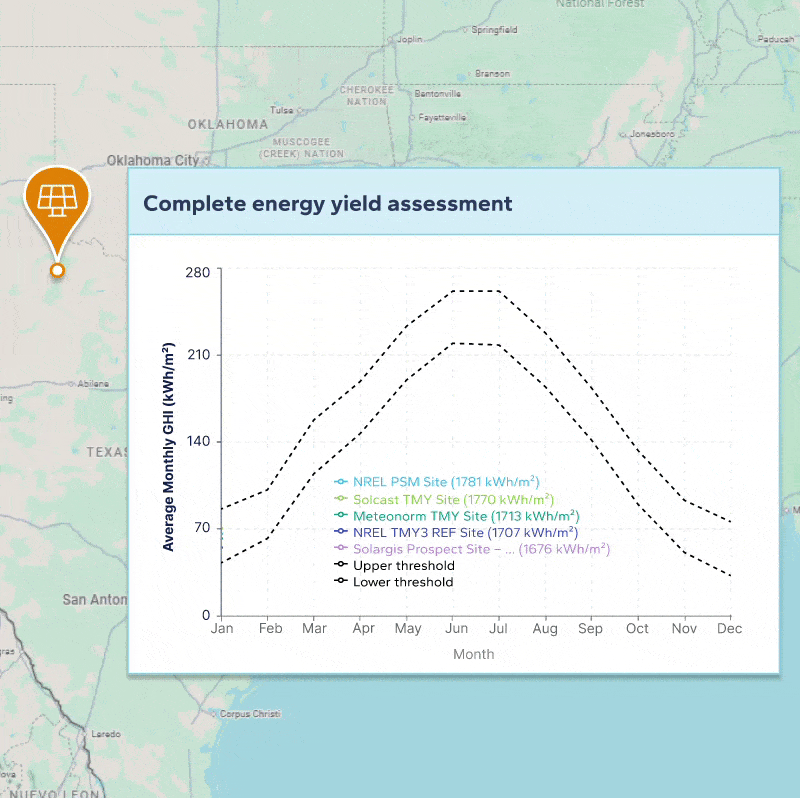
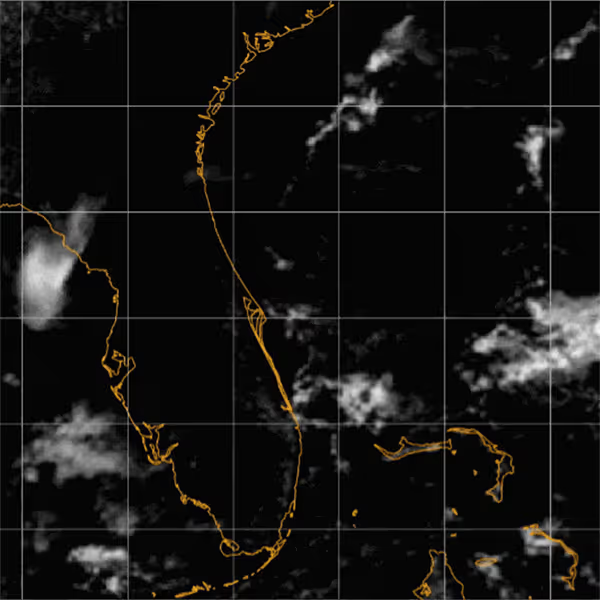


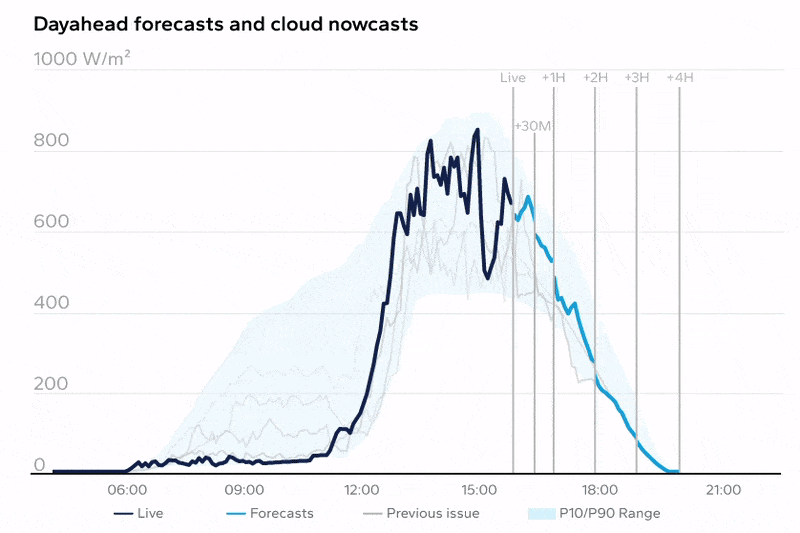
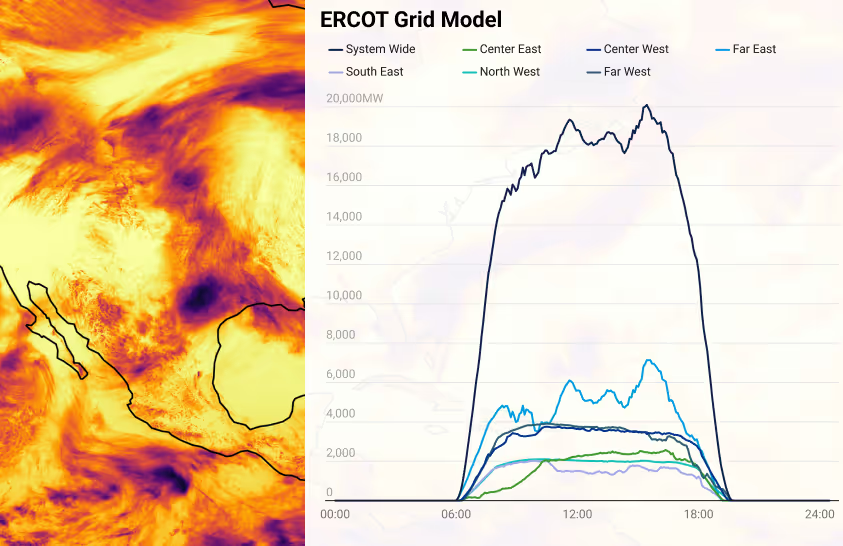
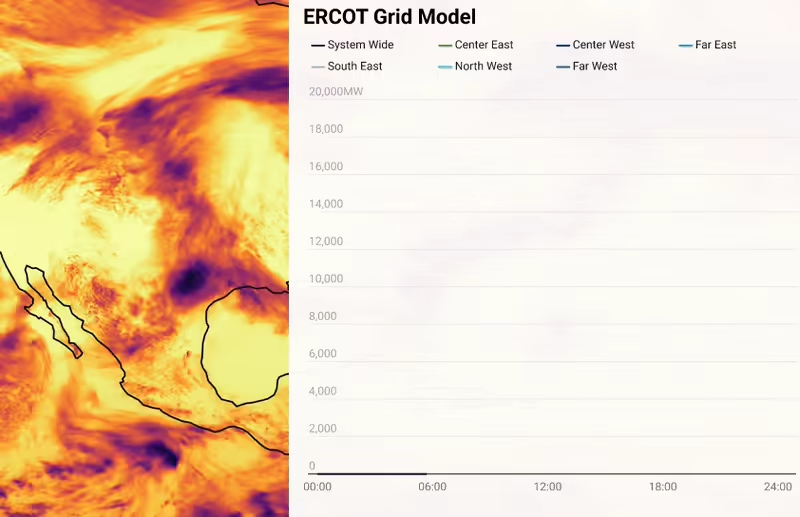
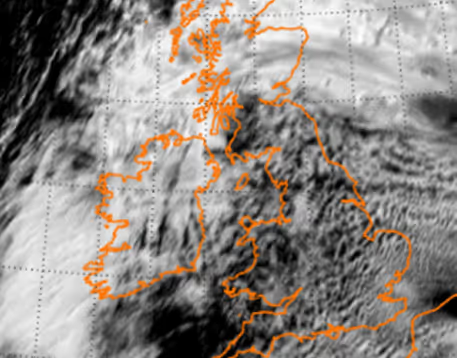
































_Frame.png)


























